Intel Z77 Motherboard Review with Ivy Bridge - ASRock, ASUS, Gigabyte, and MSI
by Ian Cutress on May 7, 2012 7:40 PM EST- Posted in
- Motherboards
- MSI
- Gigabyte
- ASRock
- Asus
- Ivy Bridge
- Z77
ASRock Z77 Extreme4 – BIOS
The ASRock graphical BIOS has evolved from the initial days of Sandy Bridge into a bright blue screen with options we see below. With a graphical BIOS, there are two things to focus on – presentation and usability. Not by any great stretch of the imagination, one could design a great BIOS for everyone to use – with an infinite color palette and tools it could look amazing. However implementing such a system could be tricky, as a BIOS is currently limited to approximately eight megabytes in size. This has to contain all the initialization parameters for the board, as well as all the BIOS options we get to play with. I can imagine that should that limit ever increase to 16 or 64 MB, we would have a lot nicer things to look at.
I could wax lyrical about what I want in a BIOS, but as it currently stands, we will never get a work of art or functional awesomeness. ASRock make a fair attempt, one of the better ones in fact, and it turns out to be easy to use.
The main screen shows the BIOS version, CPU, memory and frequencies. What would put the cherry on the top would be the CPU voltage and temperatures as well. If there is room, perhaps some fan speeds (similar to ASUS’ EZ mode) should also be included. The main screen also has a system browser element, which is a top down view of the board with details on what is plugged in.
Overclocking options are essentially all bunched in one list in the OC Tweaker menu:
Important options like the CPU multiplier and BCLK are plain to see, as well as voltages and load line calibrations. The ASRock BIOS had no issues in applying the XMP settings on my G.Skill DDR2-2400 kit of memory.
The Internet Flash utility is something new to consumer level BIOSes – ASRock implements this in their Advanced Menu. If your motherboard is linked via Ethernet to the internet (thus on a network, or via ICS), then it will probe the ASRock servers for the latest BIOS. It will then be downloaded and applied without hassle. I really like this feature – it makes my life a lot easier at least!
Fan settings are all controlled in the H/W Monitor screen. This shows temperatures, voltages and fan speeds, and gives options for the various fan headers on-board. The main issue I have with ASRock fan options is the fact that they are not clear. We should have all our options regarding temperatures and target temperatures – instead we get a ‘Level’ system. This means that ASRock should probably invest in better fan controllers so they can talk back to the system regarding RPM, temperatures and relating these all to sensors on-board.
Software
ASRock’s software has not changed in any major detail since their last outing on X79. At the heart of the system is ASRock eXtreme Tuning Utility (AXTU), which controls OS overclocking, fan controls, energy saving and XFast RAM. XFast RAM itself allows 32-bit OS users to unlock memory not found, or 64-bit users to enable a RAMDisk to speed up certain caching utilities in the operating system.
Also from ASRock is the XFast LAN software, which in fact is a licensed version of cFosSpeed with ASRock decals. This software allows full management of the network facilities on the motherboard – shaping traffic for different functions as well as monitoring tools amongst others.
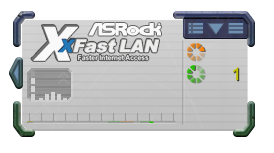
XFast USB is another of ASRock’s licensed software bundled with each motherboard. This utility will change the driver from the standard Windows one to one that can implement BOT (Bulk-Only Transfer) protocols. In reality, this allows for quicker transfers due to less overhead, at the expense of latency. For bulk transfers, I find that this utility works really well, especially with incompressible transfers. The downside being that it is only applied to one USB port at a time.



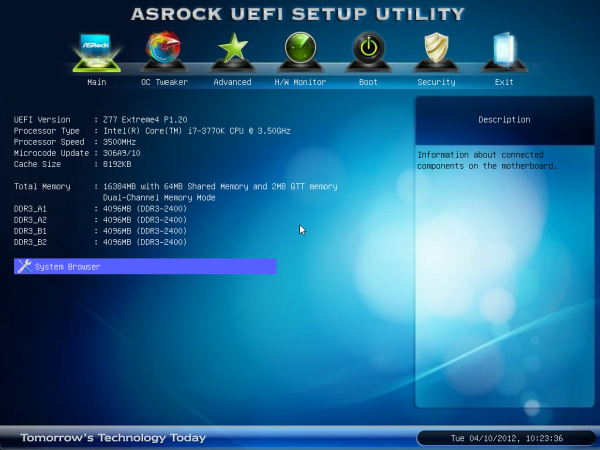
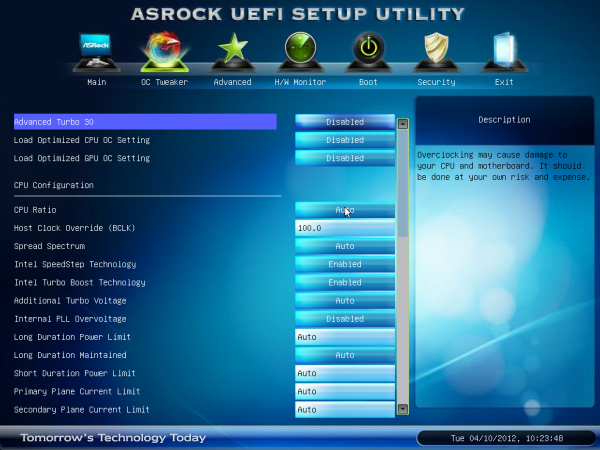
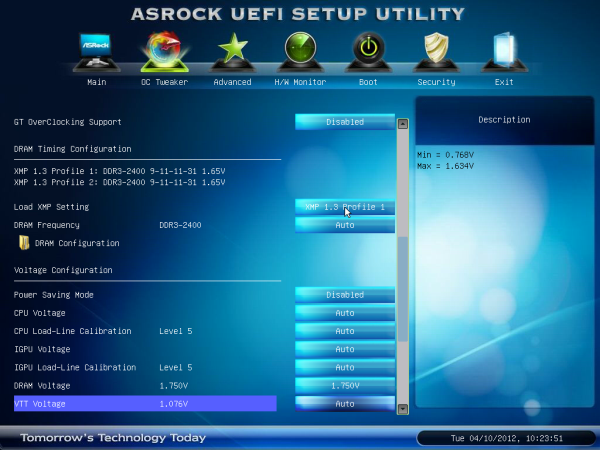

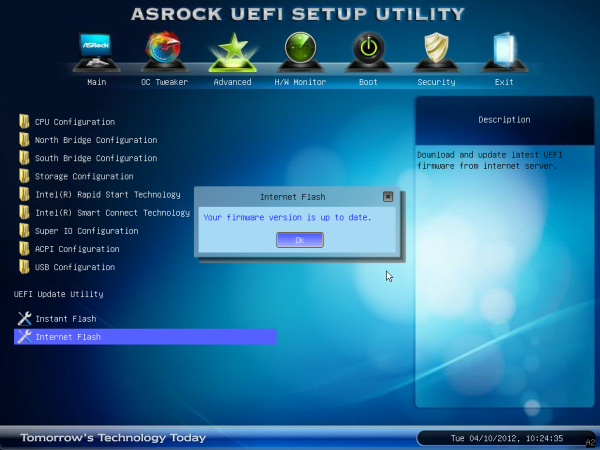






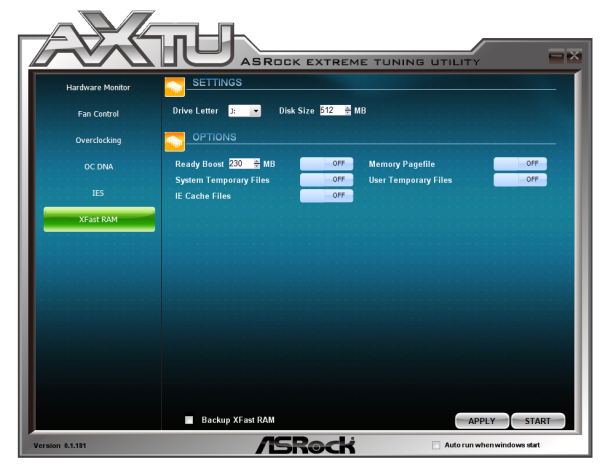














117 Comments
View All Comments
drbuzbee - Thursday, May 10, 2012 - link
The Lan read and write sequential speeds are labeled MBytes ps but undoubtedly are reported in Mbits ps.millisec - Thursday, May 10, 2012 - link
The Gigabyte UD3 is a nice board but it's a little annoying that's the board GB keeps sending out for reviews because of the $160 price mark. For $29 more you get so much more in the UD5 with Realtek audio, dual lan with Intel/Atheros, PCI 3.0 X4 slot, more sata 3 ports and second Marvell raid controller. The extra $29 buys a lot vs. the UD3 and in IMO is a much better value. Just hoping the UD5 arriving today does not have the same problems with the G.Skill Ripjaws X 2400 kit Anand had. Won't be a happy camper...Zoomer - Tuesday, May 15, 2012 - link
$29 for extra sata ports = pass. ;)embeddedbill - Friday, May 11, 2012 - link
Hi Ian, any chance you will have an update on this board?embeddedbill - Friday, May 11, 2012 - link
What... Did that take about 3 minutes from this question to Anands article?smalM - Friday, May 11, 2012 - link
Black connectors, video ports, PS/2 - the first manufacturer who omits all that nonsense will get my money.KivBlue - Friday, May 11, 2012 - link
Gigabyte has gone cheap for sure, I have compared the specs for both on-board audio chips and Realtek clearly has more feature sets. Plus VIA interface looks hideous. My current system's motherboard is Gigabyte and while they have improved things with UEFI, the feature set they have in it is pretty much the same as the old BIOS, ASUS clearly has a more comprehensive UEFI in that regard, I would go with ASUS motherboard in the future as I'm no longer a novice and someone who wants to take full control of a system.bobster1 - Sunday, May 13, 2012 - link
I've been debugging crashes at stock and overclock for a few days and finally seem to have found the cause, and thought it was worth mentioning here as I didn't see anything about it in the article.I was finding my 7970 crossfire/UD3h/3770k setup was locking up frequently in games like the Witcher 2 - the system would freeze and had to be turned off and on again. I discovered by accident that the games became stable if I had prime95 running in the background, and eventually concluded that it must have something to do with the voltages at lighter loads. When I bumped up the voltage to 1.25v in the BIOS (using the static setting, rather than dynamic voltage), it seems to have solved the problem. I'm guessing this is due to Ivy Bridge taking responsibility for pci-e; it's rather unfortunate as it means I can't let the cpu use a lower voltage in an idle state without it rendering the system unstable when rendering 3d.
mikeyd55 - Tuesday, June 19, 2012 - link
Hi,First, thank you for addressing this important benchmark!
Your article notes that POST times can be improved by disabling non essential controllers.
It would be helpful to know, with the minimum controllers enabled to support a system built on either the PRO or DELUXE (Asus) boards, with: one NIC enabled in OS (only?), boot from one SSD and/or one optical drive connected to Z77 chipset ports (no third party storage controller needed), USB disabled on boot, but enabled in OS (if possible as with certain Intel boards?), and any Wireless option disabled, what could be expected.
Conditioned - Wednesday, June 20, 2012 - link
So how was dpc measured? If you disable intel-c state and all other powersaving features it makes an absolutely huge difference in dpc.